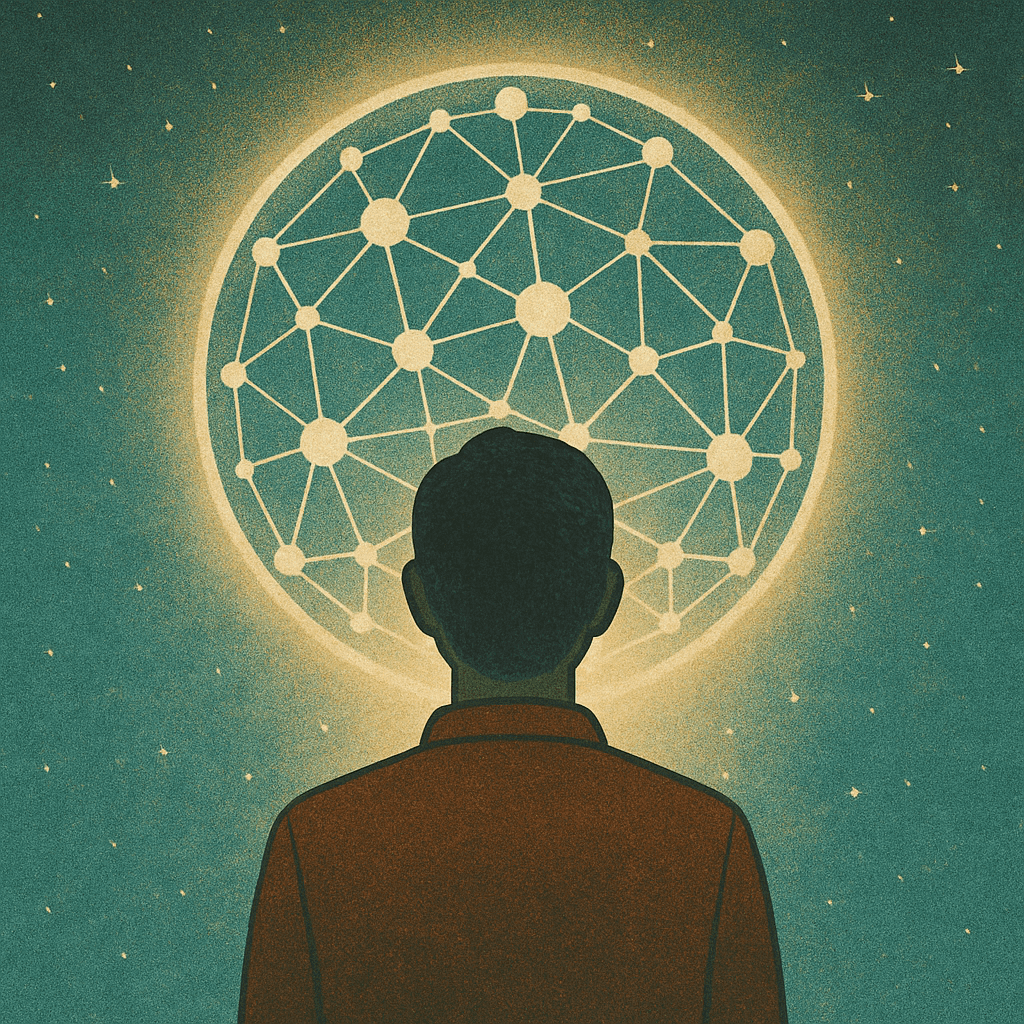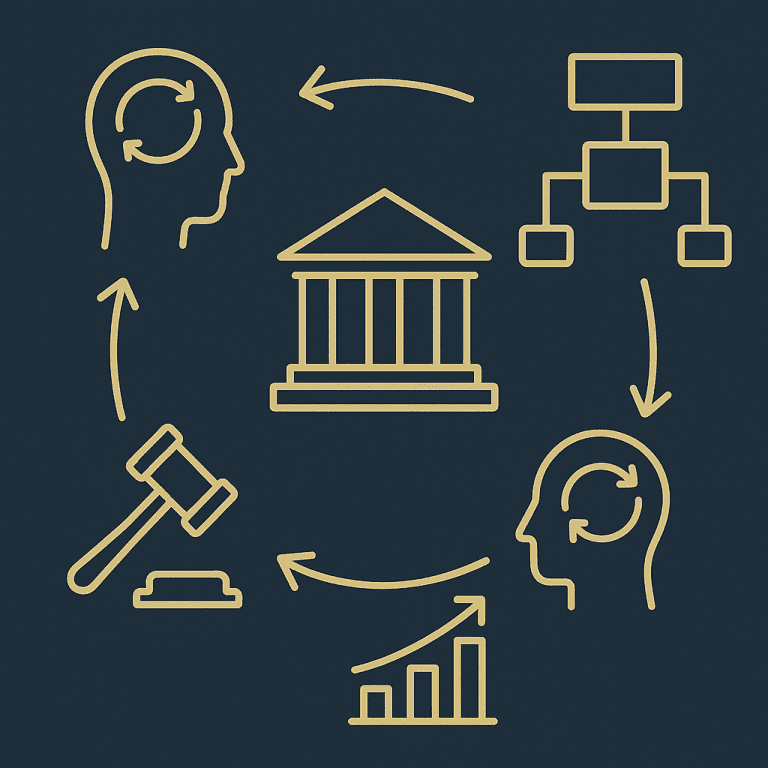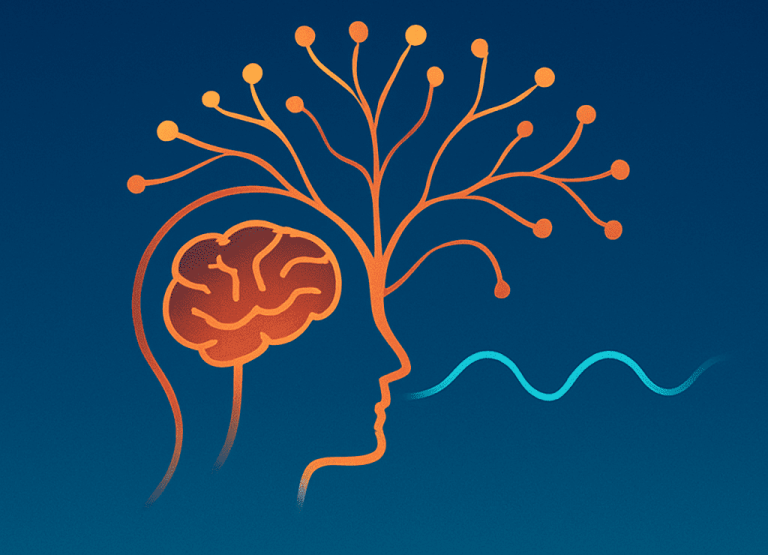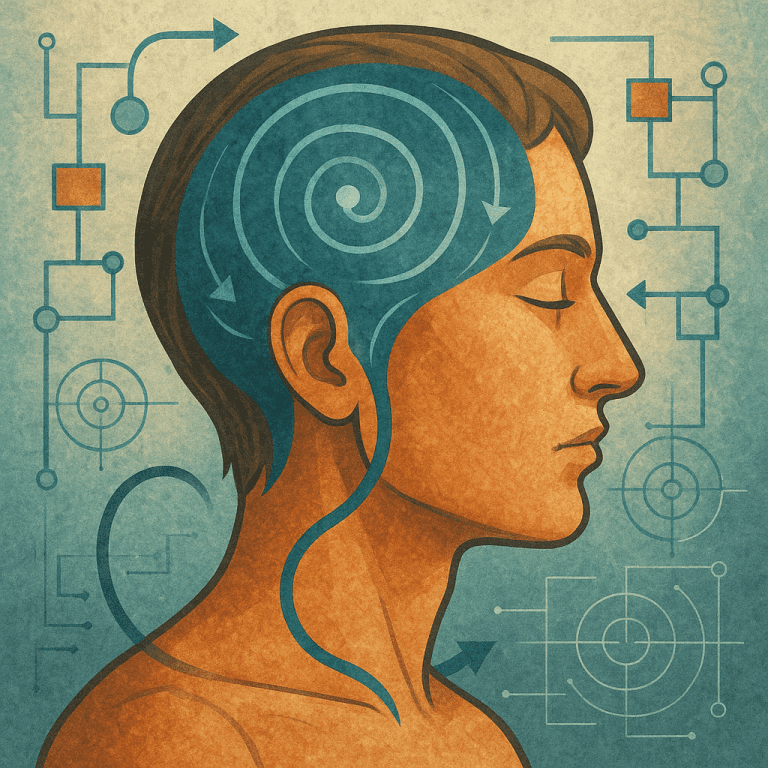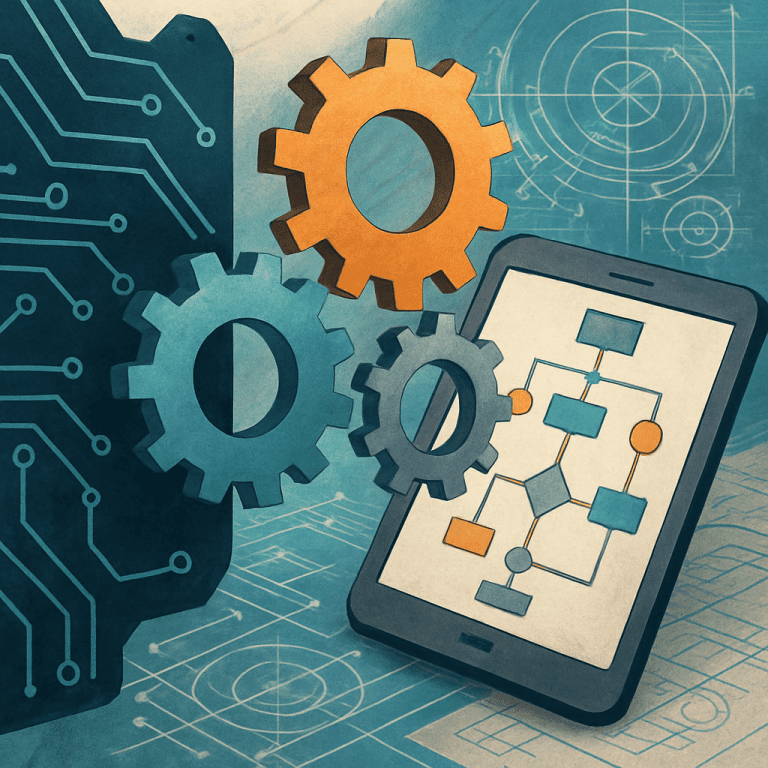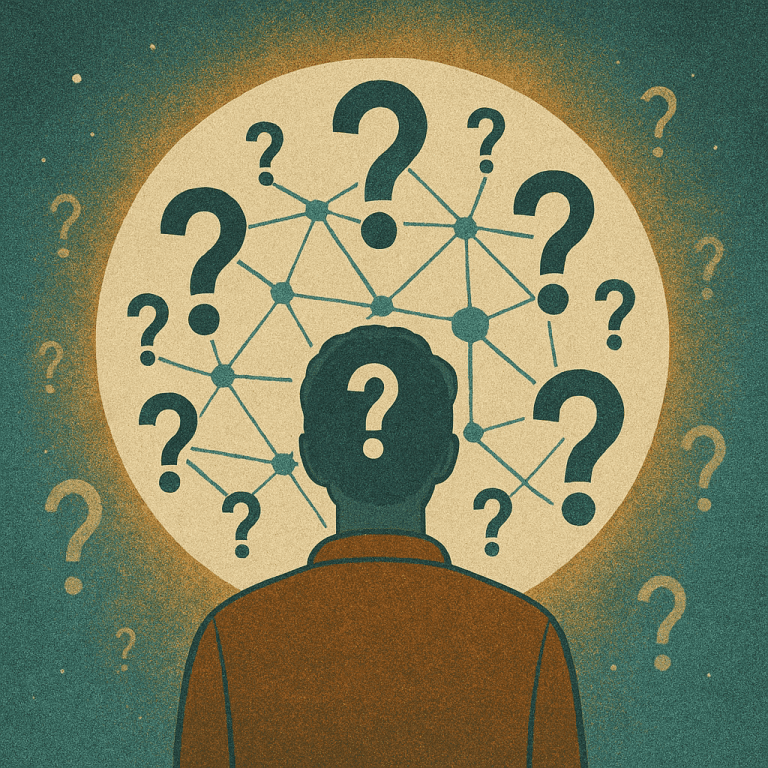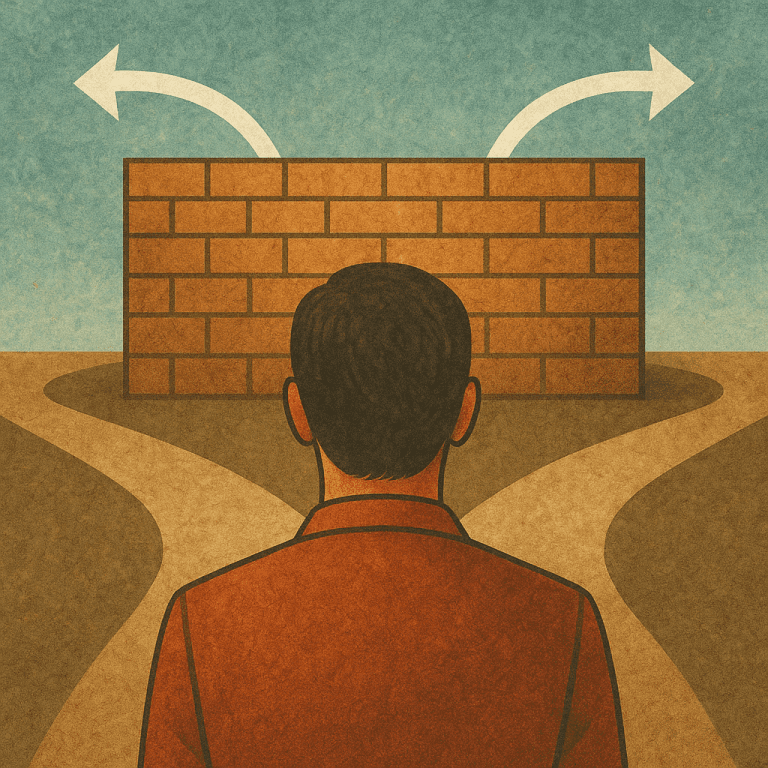Emerging Trends and Expanding Frontiers for a Complex World
We’ve explored how systems thinking helps us see deeply into the interconnectedness of organizations, technology, policy, and even our inner lives. But as the pace of global change accelerates — driven by exponential technological growth and increasingly entangled challenges — the fundamental question becomes:
How must systems thinking itself evolve to remain potent and relevant?
As William Gibson famously said,
“The future is already here — it’s just not very evenly distributed.”
In the realm of systems thinking, that future is already emerging — pushing beyond yesterday’s frameworks.
This post looks forward, charting the new frontiers where systems thinking is being reimagined, expanded, and retooled for a more complex, data-rich, ethically charged, and profoundly cross-disciplinary world.
Because if systems thinking has taught us anything foundational, it’s this:
The system learns, or it stagnates.
The thinker evolves, or becomes irrelevant.
Let’s explore five powerful shifts shaping the future of systems thinking — and how you, as a practitioner, can evolve with it, guided by intentionality, curiosity, and ethical courage.
🔮 1. Big Data & AI: Seeing Complexity at Scale
From static systems mapping to dynamic systems listening
Historically, systems thinkers relied heavily on human insight and hand-crafted models. Today, we are surrounded by real-time data from sensors, devices, apps, and digital platforms — and with AI-powered analytics, we can now model vast, nonlinear systems at a speed and scale previously unimaginable.
Emerging Impact:
- AI can dynamically model intricate systems (e.g., climate, supply chains, public opinion) using feedback-based learning.
- Predictive analytics and anomaly detection tools help anticipate systemic shifts before they fully emerge.
- But as AI becomes an active system component, not just a tool, the ethical implications become profound.
🧰 Tools to Explore:
- MIT DELVE: A research platform applying AI to explore causal relationships in complex systems. Ideal for high-stakes policy modeling and simulation.
- OpenAI’s Evals: A framework to evaluate how AI models behave in different feedback-rich or ethically sensitive environments.
- Google’s Explainable AI (XAI): Tools that unpack how complex AI models make decisions — critical for transparency and bias auditing in systemic applications.
✅ Action Prompt:
Reflect on how your current systems (workflows, routines, relationships) continuously generate data. What latent patterns or unseen loops could you uncover if you applied AI-enabled system sensing?
🌐 2. Network Science: Mapping the Invisible Connections
From isolated parts to dynamic interconnectivity
Network science allows us to mathematically model relationships within a system — uncovering how influence, resources, and risk flow across a web of interconnected actors.
Emerging Impact:
- Social network analysis can reveal hidden influencers and informal power loops.
- Epidemiology and misinformation dynamics both rely on understanding viral spread through network topologies.
- In teams and organizations, network mapping often reveals that informal structures drive more real work than org charts ever will.
🧰 Tools to Explore:
- Gephi: A powerful open-source network visualization platform. Great for exploring large, complex datasets and detecting communities or influence hubs.
- NodeXL: A plugin for Microsoft Excel that allows easy network graphing, particularly useful for social media or small-scale ecosystems.
- Kumu: A visual system mapping tool tailored for consultants and changemakers. Excellent for showing stakeholders interdependencies, influence loops, and leverage points.
✅ Action Prompt:
Sketch a rough influence map of a system you’re part of — a team, community, or initiative. Who amplifies, who blocks, who connects? What previously hidden feedback structures emerge from seeing the web clearly?
🧬 3. Agent-Based Modeling (ABM): Simulating Emergence
From static diagrams to dynamic, living simulations
ABM simulates how individual agents (people, bots, firms, animals, etc.) interact based on simple rules — revealing how complex patterns emerge from the bottom up.
Emerging Impact:
- ABMs power urban planning, market simulations, policy design, and even emergency evacuation modeling.
- They mirror the logic of Complex Adaptive Systems (CAS) — showing how small changes in local interactions lead to large-scale outcomes.
- Unlike traditional models, you don’t control the system. You observe emergence, test hypotheses, and learn iteratively.
🧰 Tools to Explore:
- NetLogo: Beginner-friendly ABM software used by researchers and educators to simulate complex behavior.
- Repast: A sophisticated modeling suite for detailed, large-scale ABMs, used in social science and ecological modeling.
- Mesa (Python): A Python-based ABM framework ideal for developers who want custom simulation environments.
✅ Action Prompt:
Choose a context where individual actions lead to collective dynamics (traffic jams, policy adoption, team culture). What would happen if you modeled it from the perspective of many agents reacting to each other in real time?
🧭 4. Transdisciplinarity: Beyond Boundaries, Toward Integration
From isolated expertise to ecosystem-level collaboration
The most effective system interventions now come from cross-disciplinary convergence — where art meets engineering, psychology meets economics, and ecology meets AI.
This isn’t just collaboration. It’s transdisciplinarity — the radical integration of different ways of knowing to produce shared, emergent insight.
Emerging Impact:
- Tackling complex challenges (like climate adaptation or health equity) requires diverse teams of scientists, designers, locals, and policy-makers working as one.
- The rise of “boundary spanners” — individuals who translate between disciplines and help groups see the same system from multiple lenses.
- Transdisciplinary practice is also rising in education and innovation hubs, where design, science, and humanities converge.
🧰 Tools & Frameworks:
- Boundary Objects (Stanford D-School): Visual or conceptual tools that help teams with different backgrounds build shared understanding.
- Theory U – Presencing Institute: A framework for deep listening and co-creation across disciplines, helping groups design from an emerging future rather than fix the past.
✅ Action Prompt:
In your current work, ask: “Whose voice is missing?” Invite someone outside your comfort field into the design or planning space — not for validation, but for true collaboration that stretches your frame.
⚖️ 5. Ethics in Systems Design: Power, Inclusion & Purpose
From designing for systems to designing with systems for a just future
As we gain the power to model, manipulate, and optimize systems at scale, the ethical questions grow louder:
- Who defines the purpose of a system?
- Who benefits or is excluded by its current design?
- What unintended consequences are being silently built into tomorrow?
Emerging Impact:
- Bias in AI systems has exposed the risks of unchecked feedback loops that reinforce injustice.
- Smart cities raise vital questions about surveillance, consent, and algorithmic governance.
- Climate interventions (e.g., carbon offsets, geoengineering) may redistribute environmental risks to the most vulnerable populations.
🧰 Practices & Resources:
- Design Justice Network: A community and framework focused on equitable, participatory systems design.
- AI Ethics Guidelines (OECD): International principles for responsible AI development and governance.
- Participatory Design Toolkit (IDEO): Practical guides for involving communities directly in systems shaping and innovation.
✅ Action Prompt:
In any system you touch, identify the least visible stakeholders — those with the least power but highest vulnerability. Ask: “How might their needs, voices, and agency shape this system if brought to the center?”
🧠 Final Thought: Toward the Living Future
Systems thinking is not a frozen toolkit — it’s a living practice.
And like every adaptive system, it must continue to learn, integrate, and transform.
To meet the futures ahead, systems thinking must:
- Leverage AI and real-time data not just for speed, but for wisdom
- Collaborate across boundaries with radical humility
- Center ethics, inclusion, and justice at every level of design
- Embrace the unknown with experimental courage
- And nurture not just efficiency, but regeneration, meaning, and life.
The systems of tomorrow — digital, ecological, social, personal — will be more entangled, unpredictable, and high-stakes than ever.
What they demand from us is more than clever models.
They demand thinkers who feel, leaders who listen, and communities who design together — from a place of shared futures.
So keep learning. Keep mapping.
And never stop evolving the system that is you.
- The Whisper of the Whole: A Systems Thinking Guide for Consultants
- What is a System, Really?
- The Living Dance of Systems
- Resilience and the Wisdom of Adaptive Systems
- Roots of Insight
- The Systems Thinker’s Compass
- Drawing Complexity
- Peering Below the Surface
- Master Methodologies in Systems Thinking
- Enhancing Familiar Tools with Systems Thinking
- Transforming Business Through Systems Thinking
- Systems Thinking in Public Policy & Governance
- Sustainable Systems
- Systems Thinking for Engineering & Technology
- The Inner System: You
- The Roadblocks
- The Future of Systems Thinking
- Systems Thinking FAQ: Myths, Misunderstandings & Core Insights

